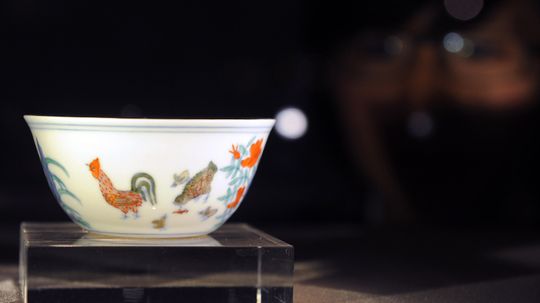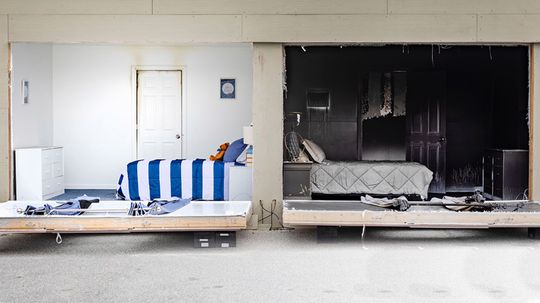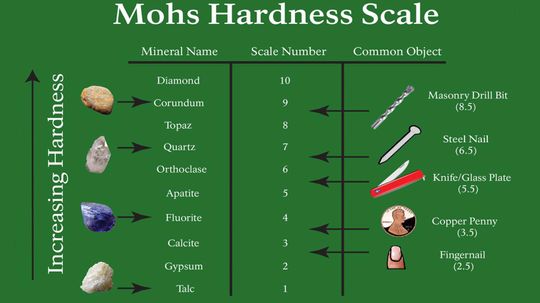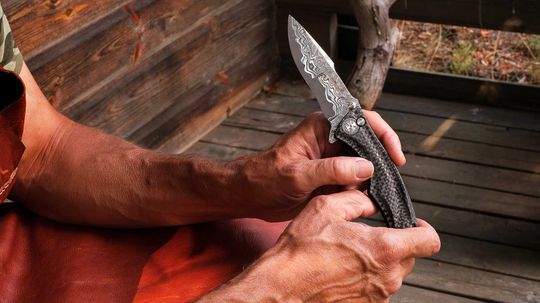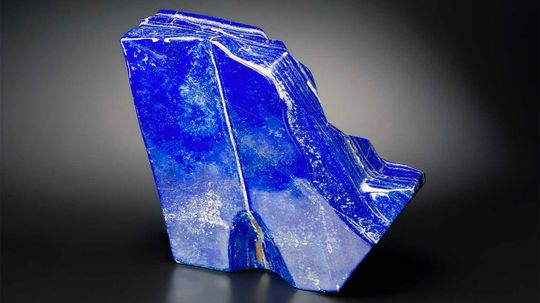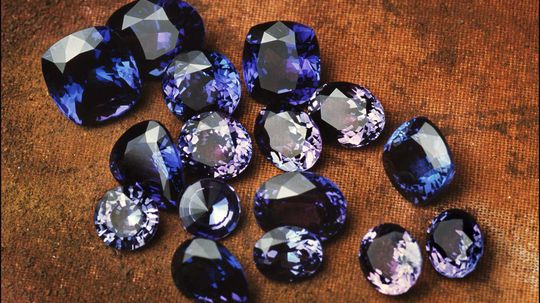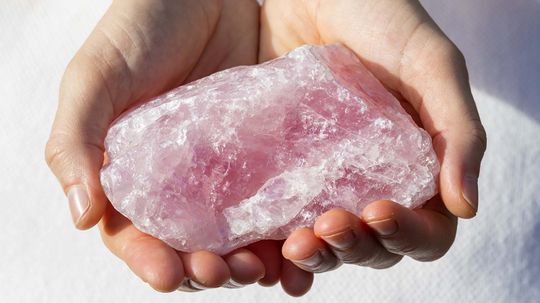Carrie Whitney is an Atlanta-based writer with a love of all things design, particularly tile. In addition to being willing to cover any topic that sparks her interest, she has spent many years zeroing in on home improvement and currently serves as the newsletter editor for Kitchen & Bath Business magazine. Although she’s never tackled a renovation of her own, she’s pretty handy with a paintbrush.
Carrie earned a B.A. in journalism from Georgia State University, then an M.A. in anthropology and a Ph.D. in history. Along the way, she picked up a B.A. in French literature and remains a devoted Francophile (allez les Bleus!). In addition to writing, she teaches in the department of communication at her alma mater and tries to keep up with the latest trends in social media.
Recent Contributions
You may not know what soffits are, but there's a good chance your house has them. So what is a soffit? We'll explain what they are, how you can identify them, and most importantly, how to keep them in good shape.
The Chinese have been making porcelain as far back as perhaps the first century. What is porcelain, exactly, and why did it take hundreds of years for the process to be duplicated anywhere else?
Explore hypergamy, the practice of marrying someone of higher social status, its historical roots, and how modern shifts in education and gender roles have transformed this tradition.
Advertisement
John Smith has been described as a tireless soldier, self-promoter and publicist. In today's speak, you might even call him an influencer.
Recognized by its bright colors and rows of bold, woven patterns, kente cloth is more than a piece of fabric. Each kente cloth has meaning, which is conveyed through its colors, patterns and symbols.
Cramming for a test might help you pass, but it doesn't provide long-term learning and that's the problem.
The 'Close Before You Doze' campaign is on a mission to get you to sleep with your bedroom doors closed. Why? Fire safety.
Advertisement
The Mohs hardness scale is used by geologists and gemologists as a way to help identify minerals using a hardness test. How does it work?
The Louvre Pyramid was first received by the world in 1989 as an architectural joke, but 30 years later it's considered one of the world's most iconic design masterpieces.
Researchers are constantly developing fabrics that can help keep you cool, whether you're working out or trying to get a good night's sleep. But how do they work, and which are the best ones?
Soapstone countertops can be stunning in the right kitchen. But they do come with certain disadvantages. Are they the perfect fit for your dream kitchen?
Advertisement
Wainscoting might conjure up images of stodgy oak paneling. But forget that. This design element has stood the test of time because it can seamlessly blend into just about every style and decor.
Viruses need hosts to replicate and reproduce. So if a virus has no host, how long can it survive? It depends on a lot of factors.
If you think asphalt is what hot tar roads are made of, you'd be wrong. Asphalt is only one ingredient in the recipe that makes up our roads. And it has a very long, very interesting history.
All steel is not the same, and Damascus steel has a reputation for being the best. But is today's Damascus steel the same as that forged centuries ago?
Advertisement
This ancient rock adorns King Tut's coffin and the Sistine Chapel. And at one time it was more precious than gold. What is it about this deep blue rock that has drawn us in for centuries?
Tanzanite is so rare, it is sourced from just an 8-square-mile (20-square-kilometer) area in Tanzania. It was first discovered in the late 1960s and it burst onto the jewelry scene thanks to Tiffany & Co.
This beautiful pink quartz is found in numerous places throughout the world and is thought to be associated with unconditional love.
At 984 feet tall, Paris' landmark Eiffel Tower is no picnic to maintain, so how is it done and who is responsible for keeping it standing and painted?
Advertisement
We see buildings pop up and get torn down all the time, but some structures (and the architects who designed them) were built to last. These 16 are some of the most famous.
When a book lands on The New York Times Best Sellers list, it's a boon for the author and publisher. But does that really mean it's a best seller?
Whether you're a procrastinator or a workaholic, you can improve your time management. How? With a timer, scheduled breaks and some serious discipline.
Located on Mount Fanjing in China, the Temple of the Buddha and Maitreya Temple sit impossibly atop a spindly rock formation, more than 7,600 feet (2,336 meters) above sea level.
Advertisement
Both William Shakespeare and Geoffrey Chaucer are known for using iambic pentameter in their famed works of literature. But what is iambic pentameter and how can you spot it?
There were some totally awesome things about the decades that span the 1970s and 1980s. But man, are there things we're glad to leave in the past. Here are 10 of them.


